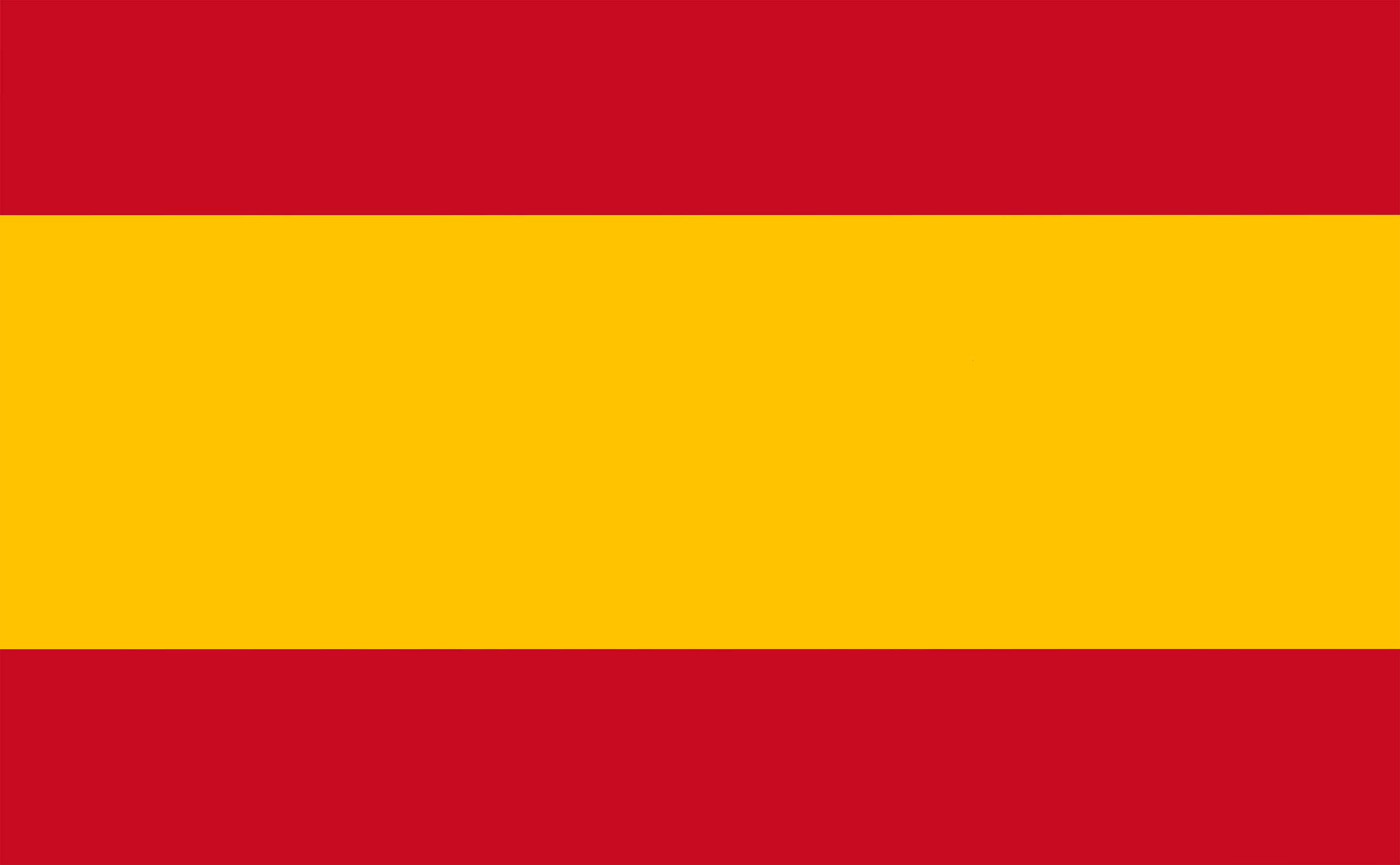The U.S. government’s list of “sanctuary jurisdictions” that includes hundreds of communities, both red and blue, is confounding critics. They have noticed the list included misspellings, communities with small immigrant populations, and those with strong support for cooperation with federal authorities.
Jessica Vaughan is director of policy studies at the Center for Immigration Studies, which favors anti-sanctuary policies and started publishing a list of sanctuary jurisdictions 10 years ago. The center’s list is different from the government’s. Vaughan noted that the center discloses its methodology and frequently updates its list.
“That’s one thing that I feel is missing from the (government’s) list is some documentation as to why they’re appearing on the list,” she said.
A message was left Friday seeking comment from DHS.
The list is part of the Trump administration’s efforts to target communities, states and jurisdiction s that it says aren’t doing enough to help its immigration enforcement agenda and the promises the president made to deport more than 11 million people living in the U.S. without legal authorization.
What are the stakes?
The Department of Homeland Security and the U.S. attorney general will send them official notice to the 500 jurisdictions on the list “regarding its defiance of Federal immigration law enforcement and any potential violations of Federal criminal law,” according to an executive order from President Donald Trump.
The list could be updated when the administration receives new information, but those that remain on the list could face serious financial consequences, including suspended or terminated federal grants and contracts by the Office of Management and Budget.
It is not clear what legal actions the government will pursue.
How was the list made?
DHS said it used several factors to make the list, including whether the cities or localities identified themselves as sanctuary jurisdictions, how much they complied with federal officials enforcing immigration laws, if they had restrictions on sharing information with immigration enforcement or had any legal protections for people illegally in the country.
But experts noted that the list is too broad and it is difficult to understand the criteria used to make it.
“It seems quite arbitrary because not all of these states or specific jurisdictions have a policy that limits cooperation with ICE,” said Nithya Nathan-Pineau, an attorney with the Immigrant Legal Resource Center.
How did communities that support Trump’s policies end up on the list?
That’s unclear.
Several communities said they have been outspoken supporters of the president and his stringent immigration policies and do not understand why they have been included. Among them: Shawano County, Wisconsin; Alexandria, Virginia; and Huntington Beach, California.
Jim Davel, administrator for Shawano County, thinks the administration may have confused the county’s vote in 2021 to become a “Second Amendment Sanctuary County” that prohibits gun control measures with it being a safe haven for immigrants. He said the county has approved no immigration sanctuary policies.
What is a sanctuary city?
There is no clear definition of a sanctuary jurisdiction, but it is generally understood to apply to state and local governments that limit cooperation with federal immigration authorities. DHS said it took into account “factors like compliance with federal law enforcement, information restrictions, and legal protections for illegal aliens.”
The notion of sanctuary dates back to Medieval Europe, when civil law enforcement entities were not allowed to enter churches, Cesar Garcia Hernandez, a professor at Ohio State University’s College of Law, explained Friday.
The term evolved into the “sanctuary movement” among U.S. churches and other religious institutions that would house Central Americans fleeing civil war in the 1980s.
“There there was no legal guarantee of immunity for people who were who were spending their time inside church buildings, but there was policy” that prohibited immigration arrests, Garcia Hernandez said. That changed under the current Trump administration.
The Immigrant Legal Resource Center, a nongovernmental organization, said that when compiling its own list of sanctuary jurisdictions, it considers how they limit interactions with ICE and federal law enforcement, and how they protect information.
___
Associated Press writers Amy Taxin in Santa Ana, California, and Scott Bauer in Madison, Wisconsin, also contributed.
 hace 3 meses
34
hace 3 meses
34





 English (US) ·
English (US) ·  Spanish (ES) ·
Spanish (ES) ·